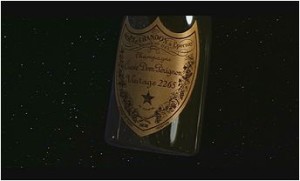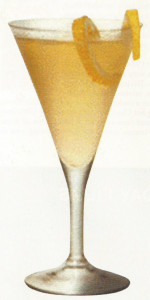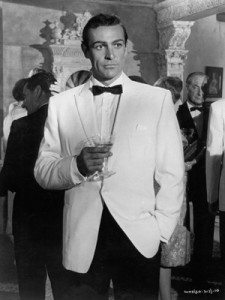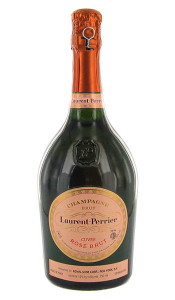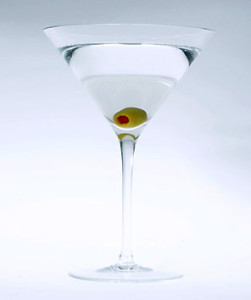Maat, Cabernet, Sparkling Wines
December 2006, page 46
Argentina for beginners
It’s bad enough that being on vacation is license to forget about your diet, exercise, budget, and more simply, any sort of self-restraint. Top that off with heading out at holiday time, a period that’s sure to call for occasions of over-eating and too much drink, and you know you’re in trouble. Since you already know it, just relax and accept it – take our recommendations for celebrating the festivities, Buenos Aires style.
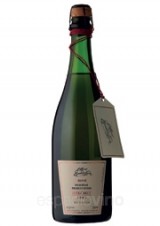 There’s no question that holiday dining and partying calls for a bottle or two of bubbly. Forget all those theories about “true Champagne” being the one and only choice. Anyone who drinks enough sparkling wine knows there are some amazing ones out there from other parts of the world – and different areas have their own distinct styles. Miguel Escorihuela Gascón Rosé Extra Brut “Pequeñas Producciones” 2004 may simply be the finest rosé sparkler produced in the southern hemisphere. It’s a one hundred percent Pinot Noir, methode champenoise espumante from the Luján de Cuyo subsection of Mendoza. Absolutely bone dry, that is light, delicate, and elegant. The structure is backed up by delicious mixed berry fruit that lingers on the palate. The wine has a simply stunning pale pink color. For celebrating, this one is a solid winner – and sure, it may set you back a whole 90 pesos or so in a store, but remember, you’ve ditched your budget while you’re here.
There’s no question that holiday dining and partying calls for a bottle or two of bubbly. Forget all those theories about “true Champagne” being the one and only choice. Anyone who drinks enough sparkling wine knows there are some amazing ones out there from other parts of the world – and different areas have their own distinct styles. Miguel Escorihuela Gascón Rosé Extra Brut “Pequeñas Producciones” 2004 may simply be the finest rosé sparkler produced in the southern hemisphere. It’s a one hundred percent Pinot Noir, methode champenoise espumante from the Luján de Cuyo subsection of Mendoza. Absolutely bone dry, that is light, delicate, and elegant. The structure is backed up by delicious mixed berry fruit that lingers on the palate. The wine has a simply stunning pale pink color. For celebrating, this one is a solid winner – and sure, it may set you back a whole 90 pesos or so in a store, but remember, you’ve ditched your budget while you’re here.
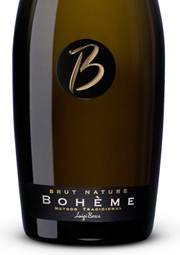 Ros´ champagne, or “pink champagne” may have a bad rep in some circles. There are folks out there who consider themselves to sophisticated to even give it a try. If you just know you’re stuck with a couple of those at your holiday gathering, or if you’re willing to admit that that describes you to a “t”, you’ll have trouble doing better than Luigi Bosca’s “Bohème” Brut Nature. A classic blend of the three “Champagne” grapes – Chardonnay, Pinot Noir, and Pinot Meunier – this vibrant wine is packed full of complex flavors that require a deep breath just to recite. With incredible structure and great acidity, the profile combines wonderful aromas of lime blossoms and wildflowers with rhubarb and strawberry pie, touches of citrus and tropical fruits. The absolutely dry character of the wine gives it an austerity worthy of comparison to some of the world’s best sparkling wines. This wine will set you back 150 pesos at retail price, and it’s worth every centavo.
Ros´ champagne, or “pink champagne” may have a bad rep in some circles. There are folks out there who consider themselves to sophisticated to even give it a try. If you just know you’re stuck with a couple of those at your holiday gathering, or if you’re willing to admit that that describes you to a “t”, you’ll have trouble doing better than Luigi Bosca’s “Bohème” Brut Nature. A classic blend of the three “Champagne” grapes – Chardonnay, Pinot Noir, and Pinot Meunier – this vibrant wine is packed full of complex flavors that require a deep breath just to recite. With incredible structure and great acidity, the profile combines wonderful aromas of lime blossoms and wildflowers with rhubarb and strawberry pie, touches of citrus and tropical fruits. The absolutely dry character of the wine gives it an austerity worthy of comparison to some of the world’s best sparkling wines. This wine will set you back 150 pesos at retail price, and it’s worth every centavo.
Visitors to Buenos Aires are often surprised, and perhaps even a bit disappointed, to find that there aren’t a lot of big public celebrations for Christmas. Many Latin American countries have major events going on in the center of the main town square (we don’t really have one here), and there are festivities all over the place to join in on. Some of that definitely goes on in other cities in the country, and especially smaller towns. But here, Christmas tends to be a very family oriented event, and the streets can seem eerily quiet as everyone disappears inside to spend time with family and friends. It’s also, of course, not a place for a “white Christmas”, falling at the end of spring, beginning of summer, and it can often be hot and humid. Because of the family focus, a large number of restaurants are simply closed, and dining out becomes an exercise in search capabilities – hotels become your best friends.
On the flip side, New Year’s Eve is, as in many a big city, party time. You won’t find the drunken street brawls of, say New York City, but every major hotel, and most of the major restaurants will offer up some sort of prix fixe menu with champagne, dining, and maybe even a little dancing. We’re, of course, all about food and wine, and pulling out all the stops, so a couple of recommendations for some of the finest food and best wine lists in the city are in order.
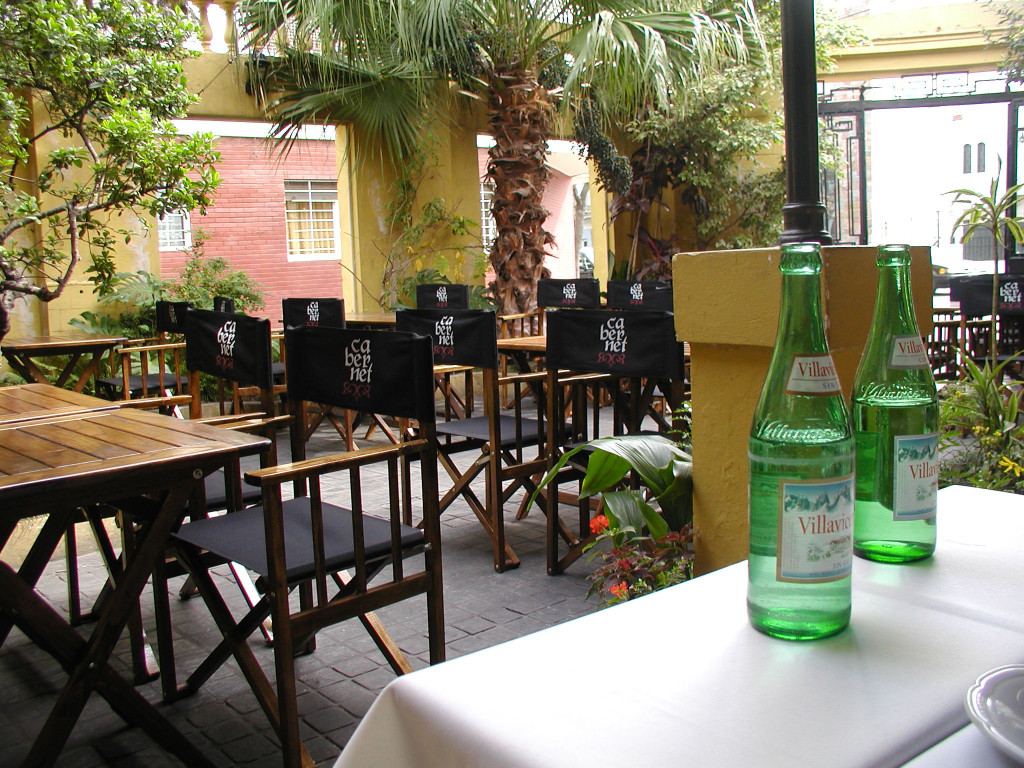
In the heart of Palermo SoHo is the trendy, and truly excellent Cabernet, Jorge L. Borges 1757, 4831-3071, where you can dine in the elegant and simple dining room, or better yet a festive night under the stars in their beautiful garden. With one of the best wine lists in the city, and one of the few lists of breadth that doesn’t ratchet the prices up to silly heights, you can afford to have them pop more than just a celebratory bottle of champan and delve into their excellent selection of wines from all over the country. The food is cocina de autor, which more or less means “chef’s whim” – in this case more or less Mediterranean in style with touches of Asian fusion thrown into the mix. Portions are big, the food is delicious, and it won’t completely strain your wallet.
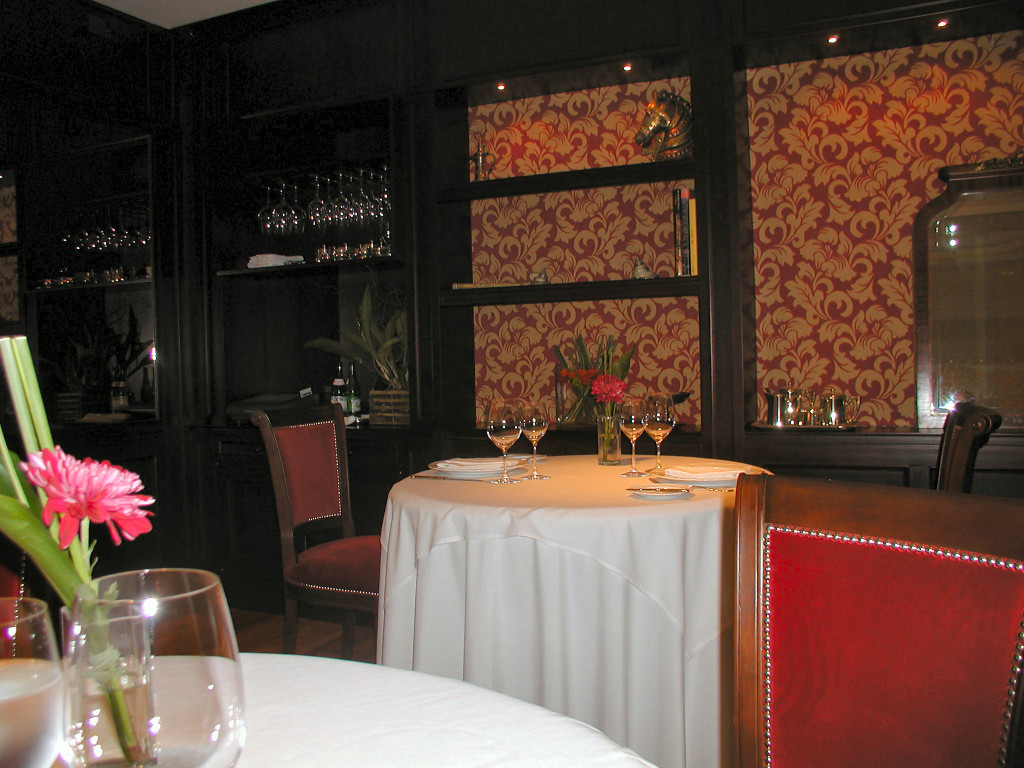
In a totally different vein is the semi-private club, Maat, Sucre 2168, in Belgrano, 4896-1818. I say semi-private, because although Maat bills itself as a “private gourmet club”, they are open for dining and wining to the public, with a slight limitation – that is, that non-members are only allowed to make three reservations a year (of course, you can take turns reserving with your friends should you care to dine there more often). Extraordinarily creative French based cuisine is served up in an elegant palacio – a gorgeous old two story stone building that’s been restored and fancied up into something worthy of a dining club. The wine list is easily in the top five in the city, and service is formal, with a tuxedoed sommelier and all – but no attitude.
In October 2006, I started writing for this Spanish language magazine, covering their English language section for travellers. I wrote for them for about two years. The copy editor, apparently not fluent in English, used to put each paragraph in its own text box on a two column page, in what often seemed to be random order, making the thread of the column difficult to follow. I’ve restored the paragraphs to their original order.
